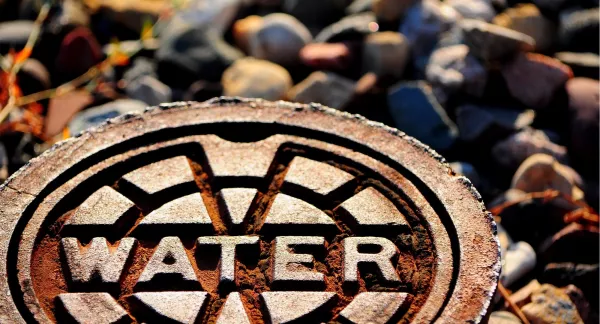Rates Handbook: Case Studies on Utility Rates and Financing Challenges
Abstract
This project supported an initiative to help water managers build better rate structures that improve revenue stability, yet encourage resource efficiency. The initiative was designed to provide helpful tools and data to water managers, elected officials, and consumers. WRF funding was used to develop two case studies, available under Project Resources/Case Studies, on successful utility ratemaking and financial planning. Key resources associated with this initiative include: (1) a Handbook designed to provide guidance on developing, evaluating, and implementing efficiency-oriented rate structures and (2) a Rate Model that allows users to model various rate changes and alternative rate structures to better understand the effects on revenue and water demand. These and other resources can be found at www.FinancingSustainableWater.org
Resources
A City Prepared for an Uncertain Future: Colorado Springs Utilities Balances Water Conservation and Revenue Stability
In 2006, Cobb County Water System in Metro Atlanta received a directive from the Metropolitan North Georgia Water Planning District to implement conservation rates. Anticipating strong opposition from its 175,000...
Los Angeles Department of Water & Power Achieves Demand Management Goals with Unique Volumetric Rate Structure and Long-Term Planning
The Los Angeles Department of Water and Power (DWP) serves the City of Los Angeles and some small adjacent areas. The City’s increasing block rate was developed from a Citizens...

